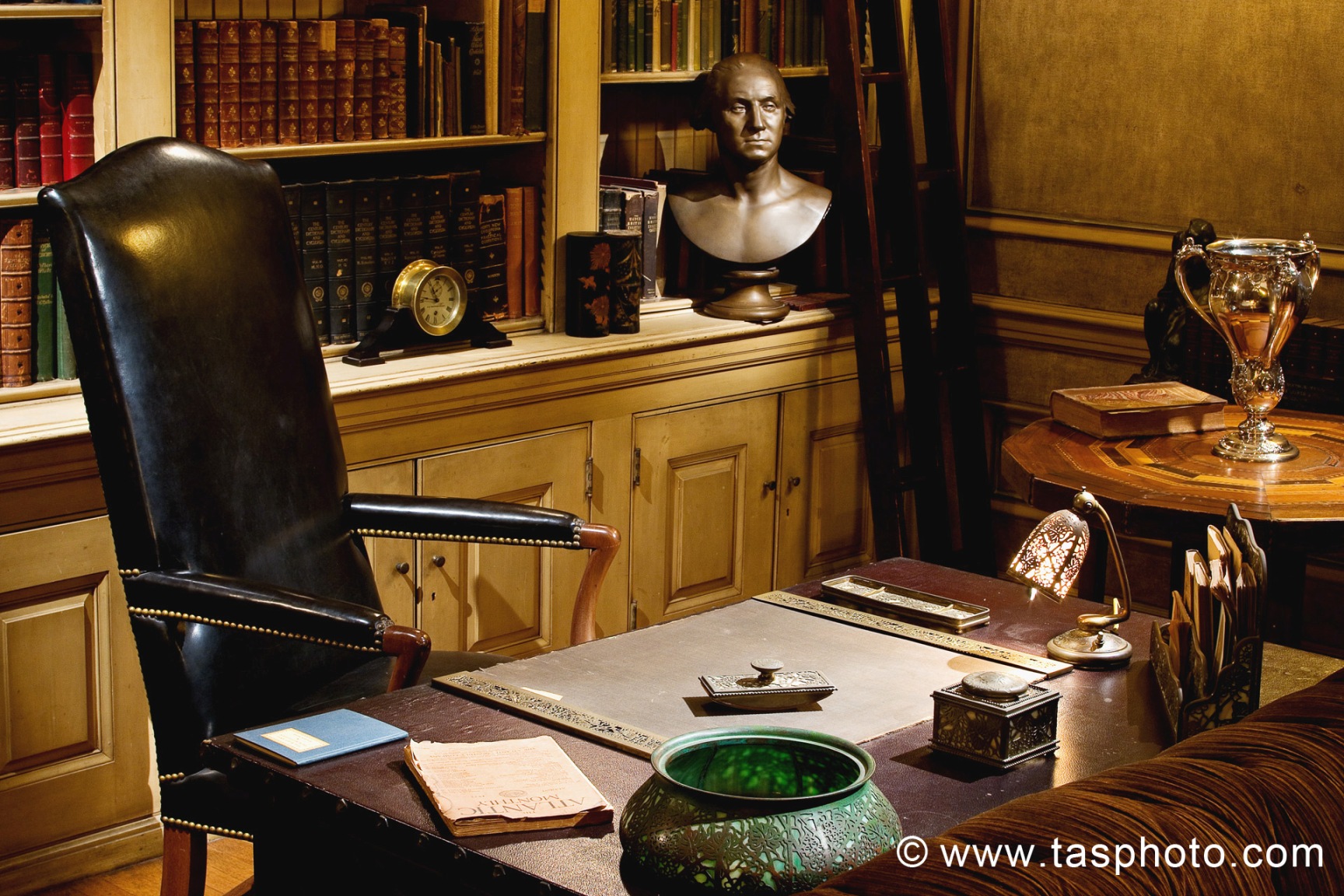"I, therefore, suggest and request that throughout the nation, and if possible in every community, the 14th day of June be observed as Flag Day with special patriotic exercises, at which means shall be taken to give significant expression to our throughout love of America, our comprehension of the great mission of liberty and justice to which we have devoted ourselves as people, our pride in the history and our enthusiasm for the political program of the nation, our determination to make it greater and purer with each generation, and our resolution to demonstrate to all the world its vital union in sentiment and purpose, accepting only those as true compatriots who feel as we do the compulsion of this supreme allegiance."
- President Woodrow Wilson, Flag Day Proclamation, May 30, 1916
- President Woodrow Wilson, Flag Day Proclamation, May 30, 1916
President Woodrow Wilson issued a presidential proclamation to make June 14th recognized as Flag Day. This day was the anniversary of the the Stars and Stripes being adopted as the official flag for the United States of America. For President Wilson, he used this day in order to remind Americans about their distinguished nation during a strife in their country.
At this time, numerous World War I events caused the public to be concerned. Beginning in January of 1916, the United States had problems arising that were closer to home. Mexico's politics had devolved into a civil war and had spilled onto American soil in the form of Pancho Villa's border war. These events forced an unsuccessful American intervention known as the Pershing Expedition, that ultimately failed to capture Pancho Villa or accomplish any major objective.
On April 18, 1916, President Wilson had to threaten to sever their diplomatic ties with Germany. Mistaking the ship to be a minelayer, Germany torpedoed the passenger ferry Sussex, which killed twenty five Americans. Although the Germans called off the U-Boats, the situation did not sit well with the American people, resulting in increased public anxiety up until the United States entrance into World War One in 1917.
As a result, President Wilson used Flag Day as a reminder to Americans of their national heritage. He wanted this day for the nation to recognize the anniversary of
the adoption of our flag; commemorate the flag’s inspiring history and to
recognize the flag’s present meaning.
Years later, General Lawrence Russell Dewey gave a speech on Flag Day after World War II. At this time, President Truman expanded President Wilson's proclamation to designate Flag Day as an annual event. General Dewey's speech emphasized how a "flag means all things to people." For him, he stated that his understanding of the flag comes from the Pledge of Allegiance where "One nation indivisible, with liberty and justice for all." Read the rest of General Lawrence Dewey's speech here.
As we recognize this day by displaying our flags outside our homes and businesses, what does the American flag mean to you? For President Wilson, it was to show the pride in the country while they were surrounded by conflict. For General Lawrence Dewey, it was the country's liberty and justice. Last weekend, we asked our visitors this same question and they responded with a range of answers. From our rights like Freedom of Speech to American pass times like baseball, guests gave their answers of what the American flag means to them and created this collage of their answers.
 |
| Forty Eight Star American Flag Craft from Dupont Kalaroma Museum Walk Weekend 2015 |





Your blog is unbelievably fantastic. This is very nice and informative blog. I like to share this content and thank you for sharing such a useful information with us. UAE National Day 2018
ReplyDelete